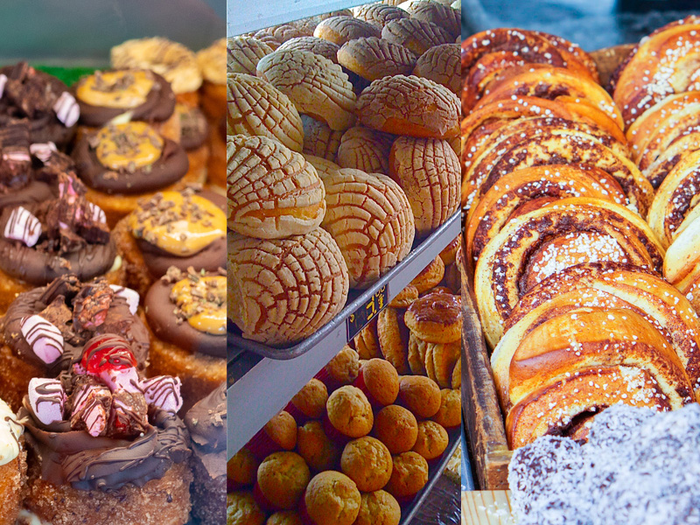French croissants and Austrian strudels are two of the most beloved pastries in Europe, with a unique taste and texture that attracts pastry lovers from all over the world. Croissants are made from laminated dough with a buttery filling, while strudels use thin elastic pastry dough filled with sweet or savory ingredients. The preparation of these pastries requires different techniques, including rolling and folding for croissants and stretching for strudels. Ultimately, croissants have a rich, buttery flavor with a flaky texture, while strudels are thin and crispy with a sweet filling. Both pastries are popular breakfast or afternoon snack options.
French Croissants vs. Austrian Strudel: European Bakery Battle
When it comes to European pastries, the French croissant and Austrian strudel are two of the most well-known and beloved treats. These pastries have gained worldwide popularity due to their unique flavors and textures, attracting tourists and pastry lovers from all over the world. But what sets these two pastries apart? In this article, we will compare and contrast French croissants and Austrian strudels, exploring their origin, ingredients, preparation, and taste.
Origin
Both croissants and strudels have a long history in Europe, dating back to the 17th and 18th centuries. Croissants are believed to have originated from Austria, where they were known as the “Kipferl.” However, the croissant, as it is known today, was first made in France during the 19th century. In contrast, the strudel has been a staple of Austrian cuisine since the 18th century, with some historians attributing its origins to Turkey.
Ingredients
Croissants and strudels are made from different types of dough and fillings. Croissants are made from laminated dough, which is layered with butter and then rolled and folded repeatedly to create a flaky texture. The dough is then shaped into a crescent shape and baked to a golden brown color. The traditional filling for a croissant is butter, although many bakers today add chocolate, cheese, and other sweet or savory ingredients.
Strudels, on the other hand, are made from thin, elastic pastry dough that is stretched until it is paper-thin. This dough is then brushed with melted butter and filled with a variety of sweet or savory fillings, such as apple or cherry for sweet strudels or cabbage, spinach, and cheese for savory strudels.
Preparation
The preparation of croissants and strudels requires different techniques and skills. To make croissants, a baker needs to have a solid understanding of laminated dough and the ability to roll and fold it several times to create the flaky texture. The dough needs to be chilled several times to maintain its shape and ensure its flakiness.
Strudel preparation requires careful handling of the dough, which needs to be stretched until it is paper-thin without tearing. The dough needs to be brushed with butter and filled with the desired ingredients before being rolled up and baked until golden brown.
Taste
While croissants and strudels may look similar, their taste is quite different. Croissants are known for their buttery, flaky texture, which is crusty on the outside and soft on the inside. The taste is rich, buttery, and subtly sweet, making them perfect for breakfast or as an afternoon snack.
Strudels, on the other hand, have a thin and crispy pastry crust with a soft, juicy filling. The taste is usually sweet, with hints of fruit and spices. Some strudels have a savory flavor, with a cheesy or meaty filling.
Conclusion
In conclusion, the French croissant and Austrian strudel are two of the most popular pastries in Europe, each with its own unique taste, texture, and history. While both pastries require a high level of skill and technique to make, they differ in their ingredients, preparation, and taste. Whether you prefer a buttery, flaky croissant or a sweet, crispy strudel, these pastries will leave you craving for more.
